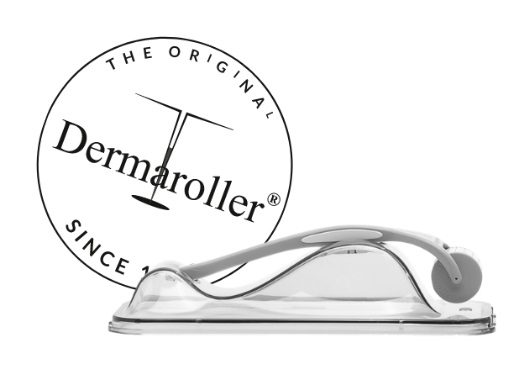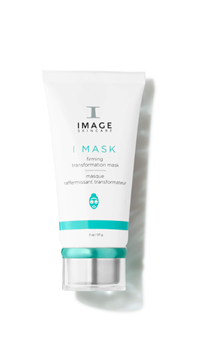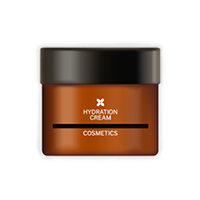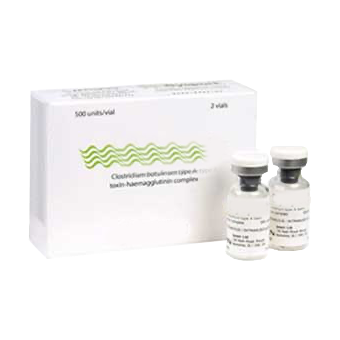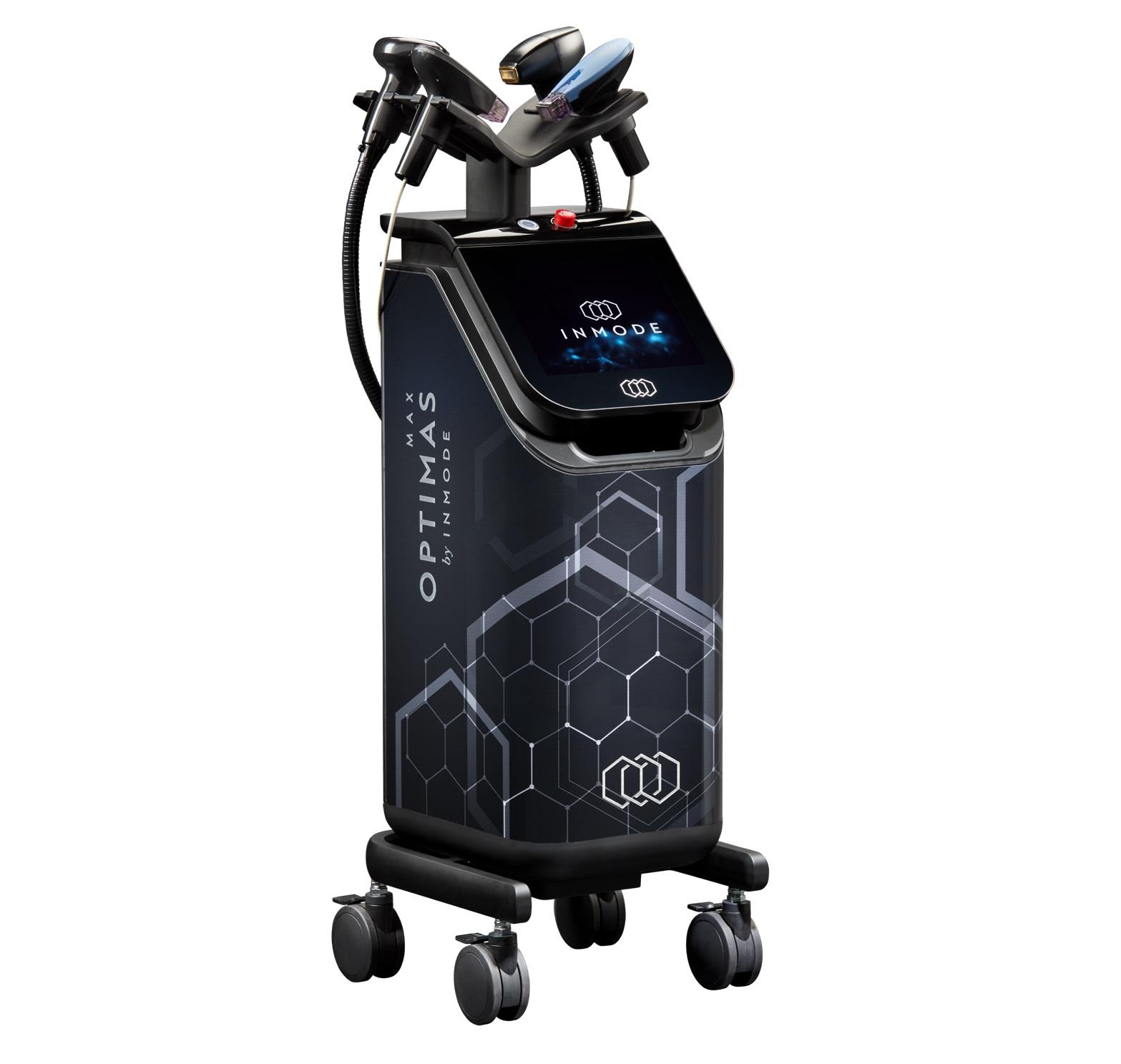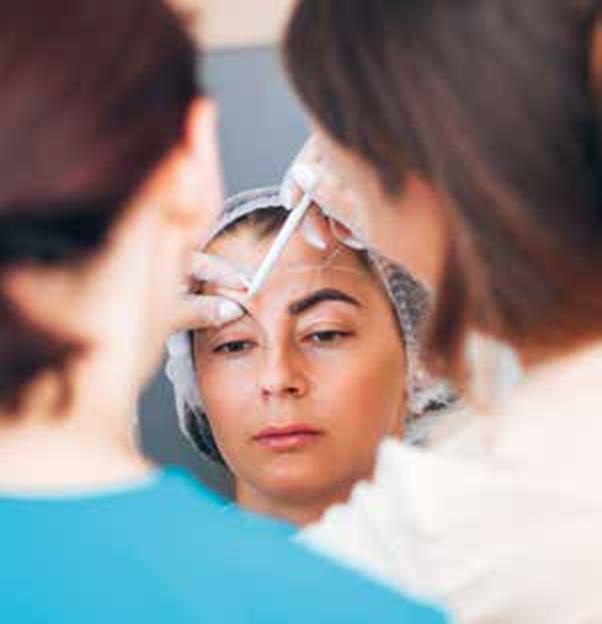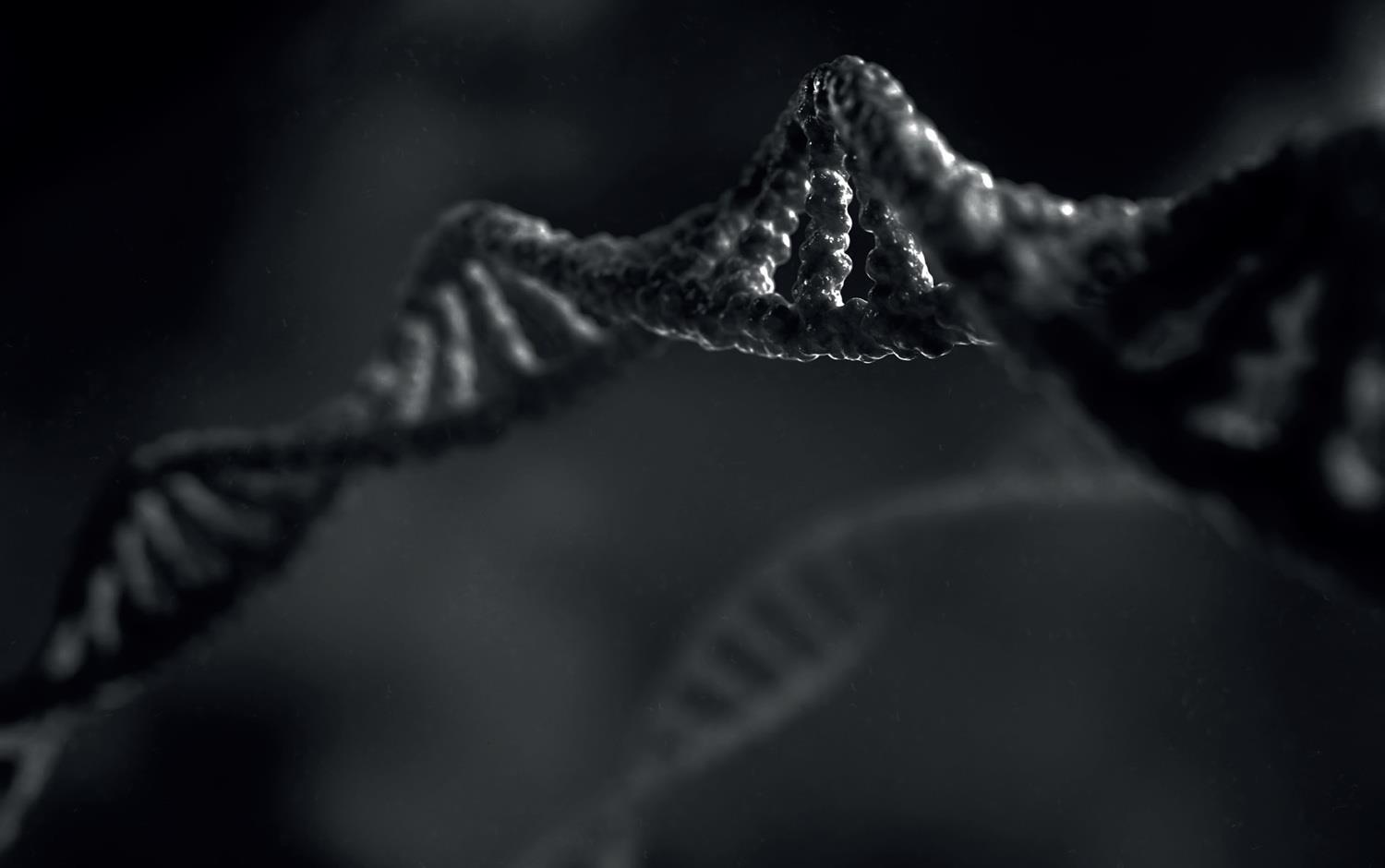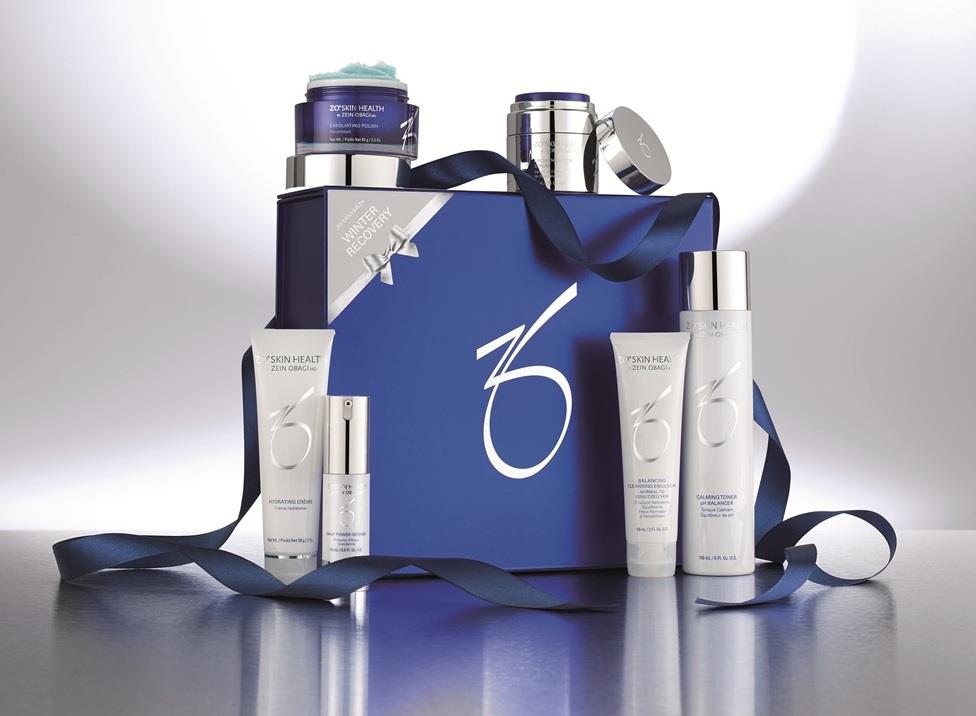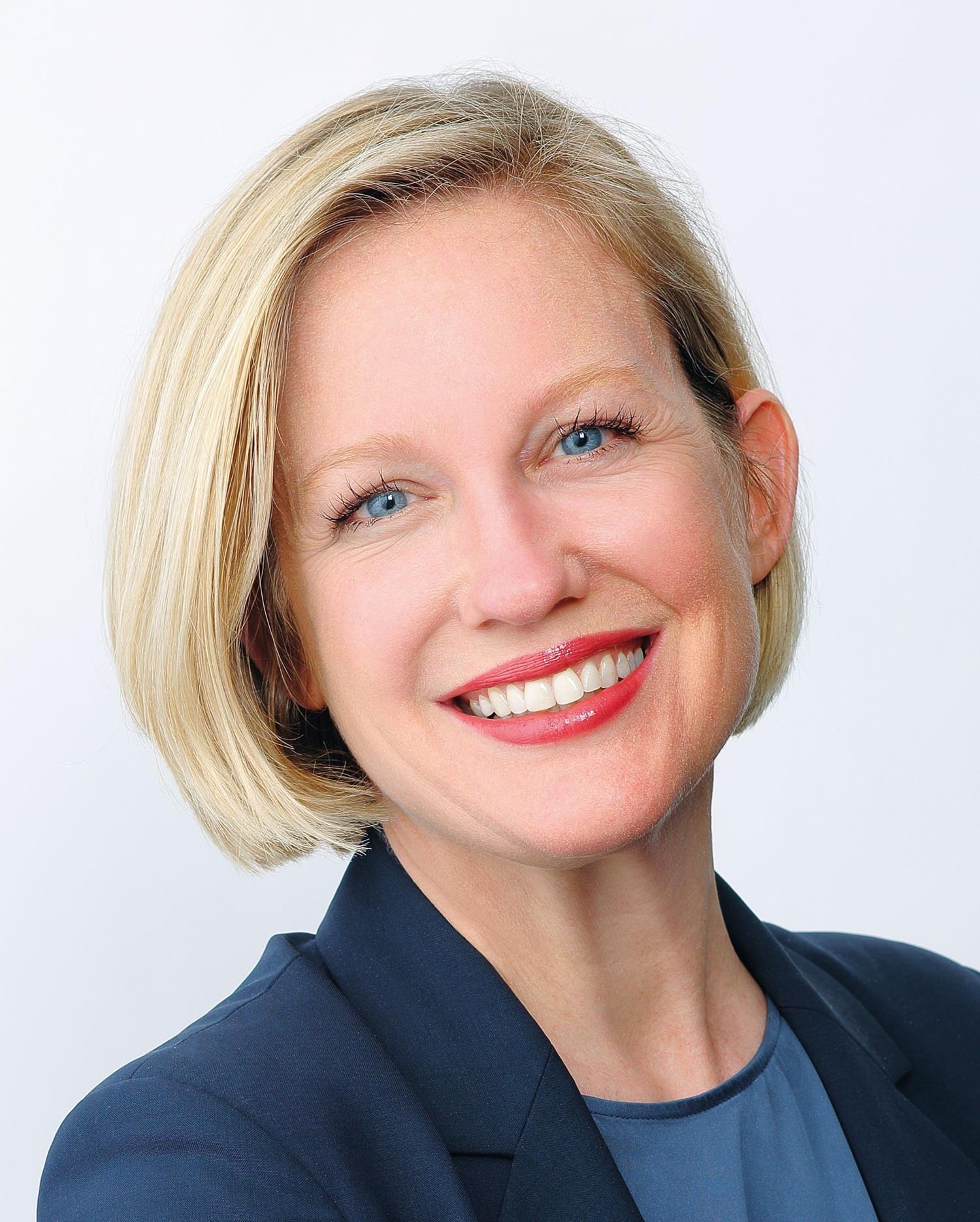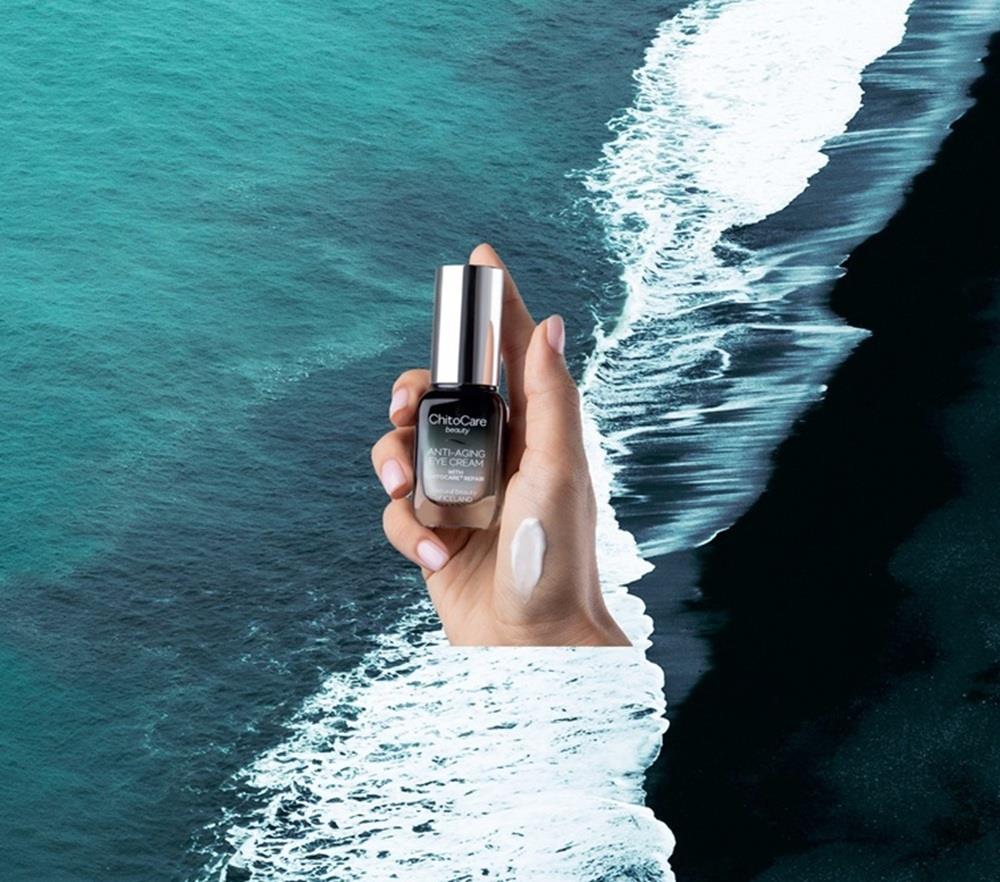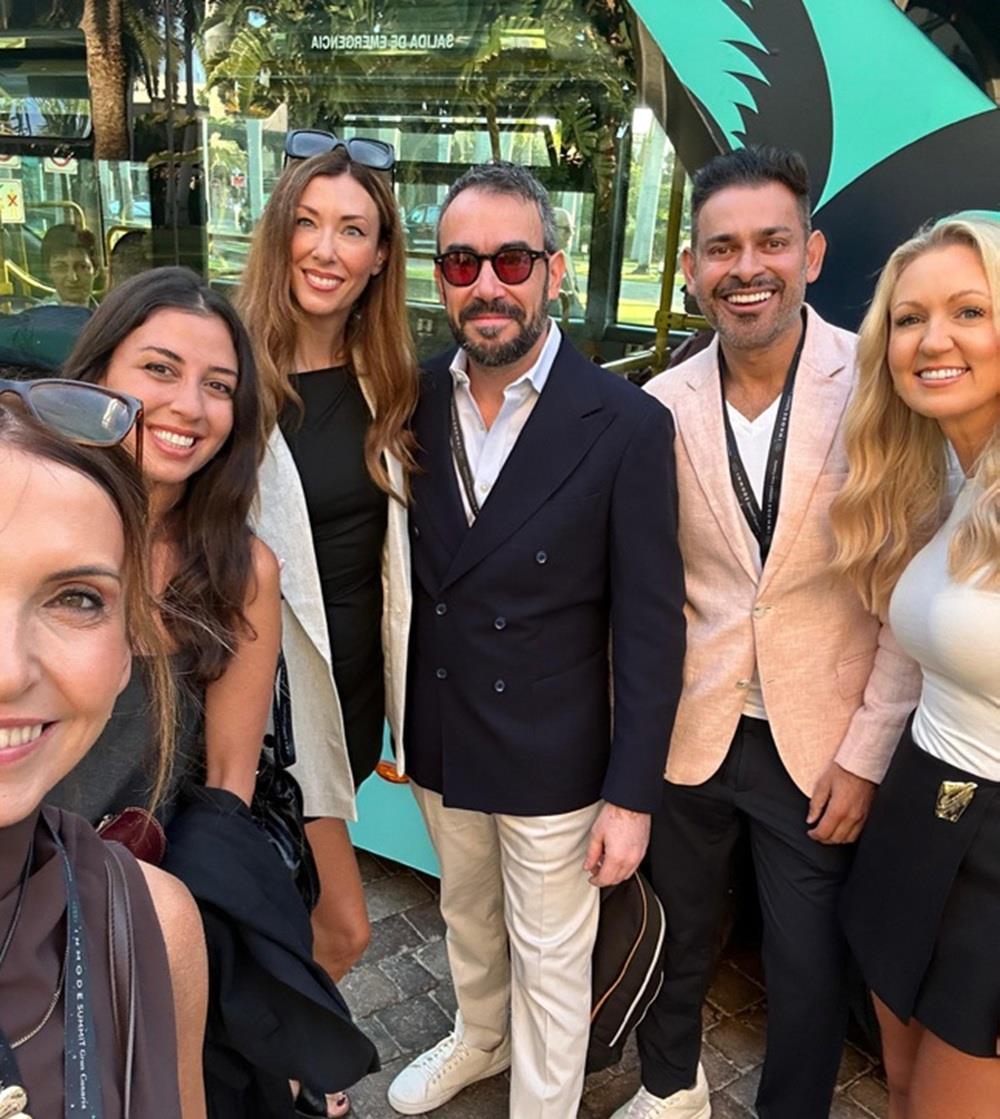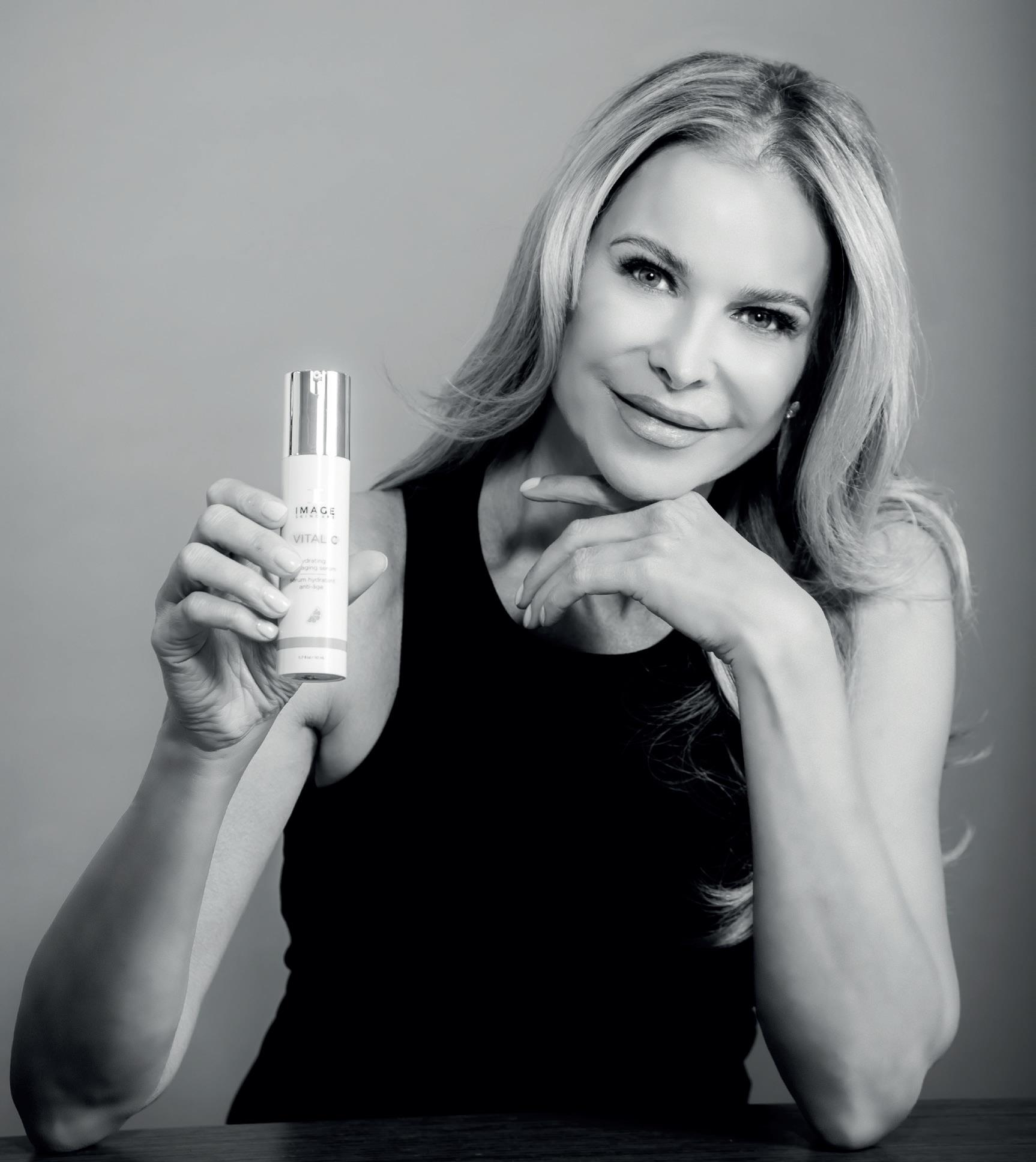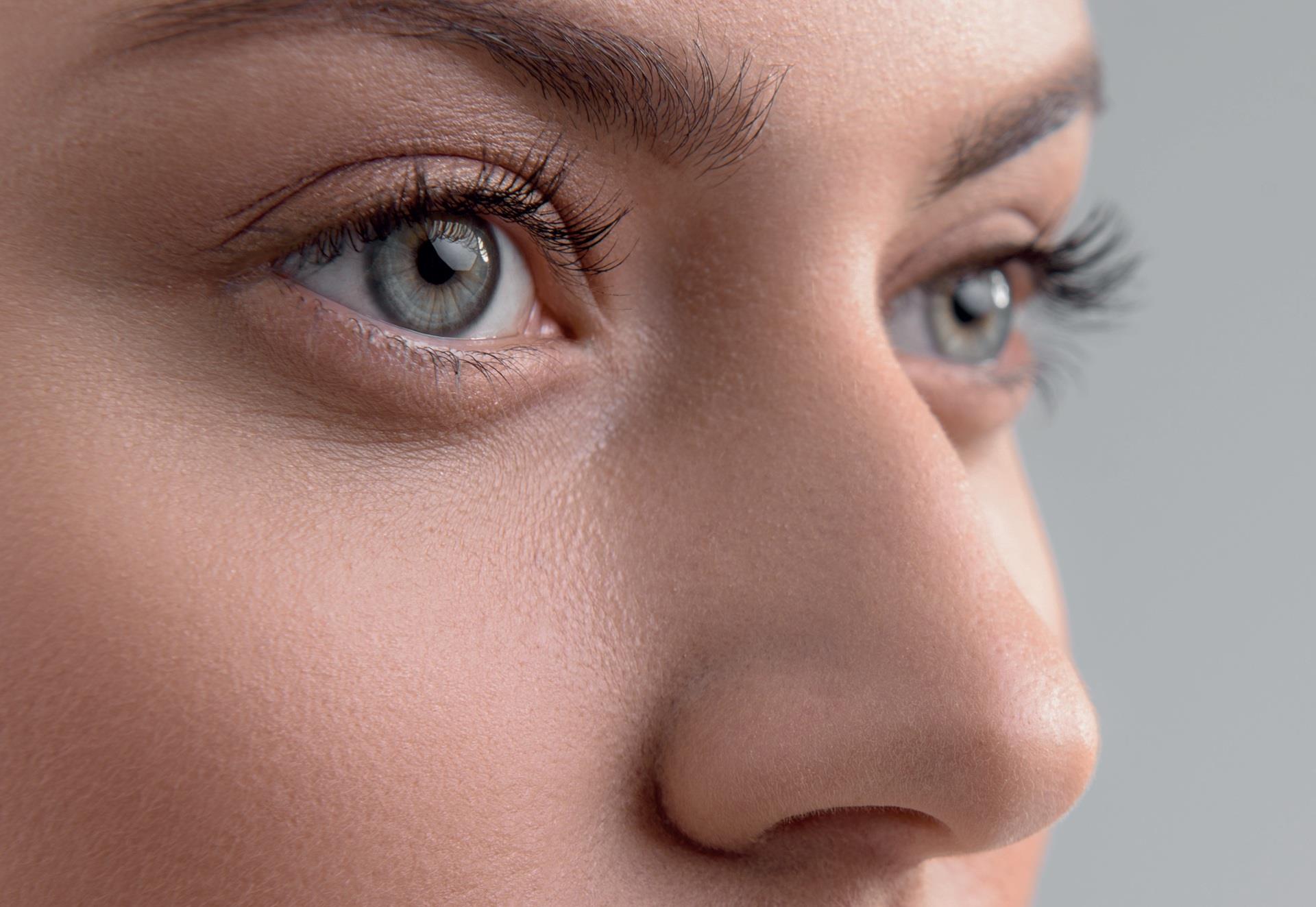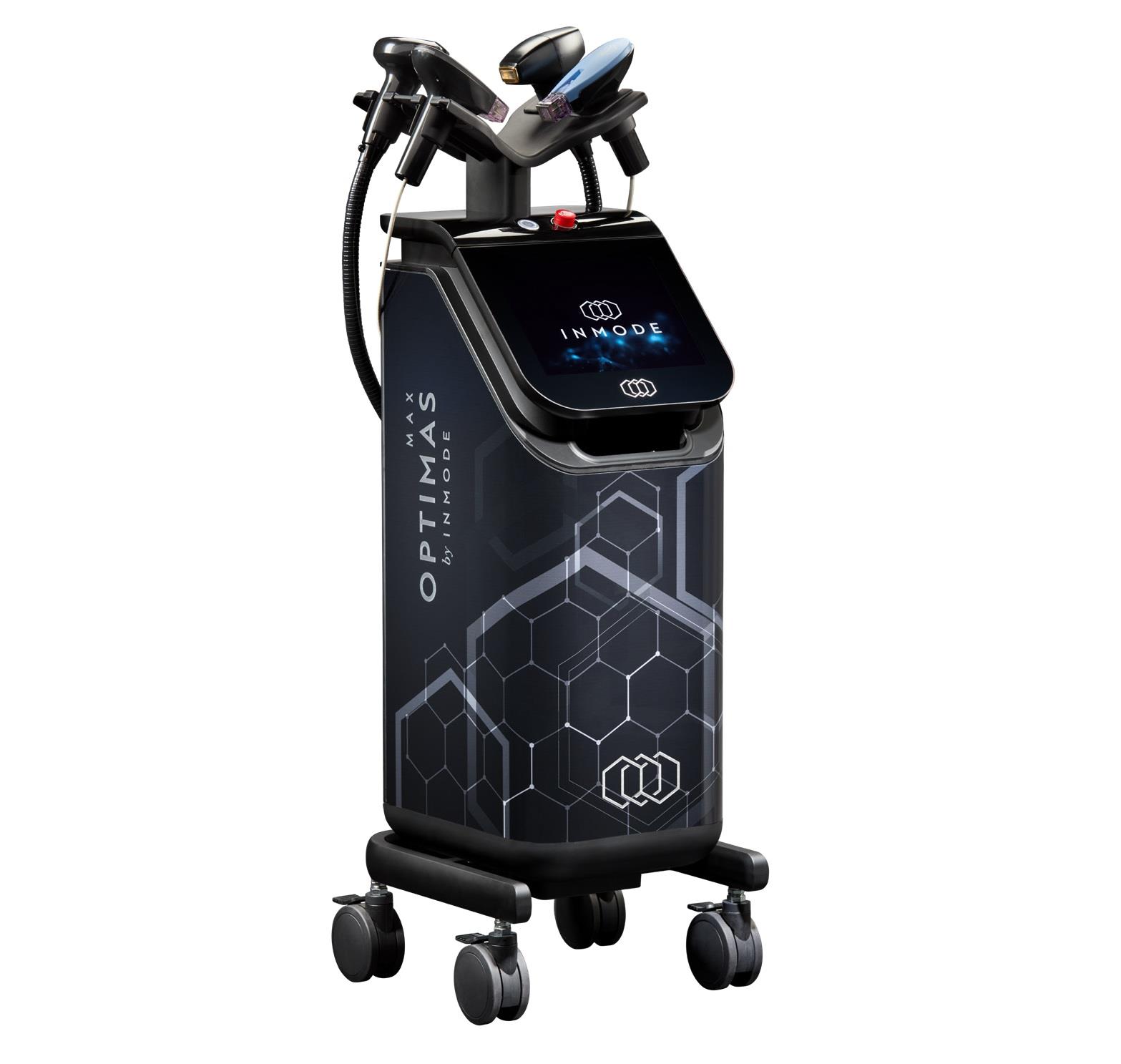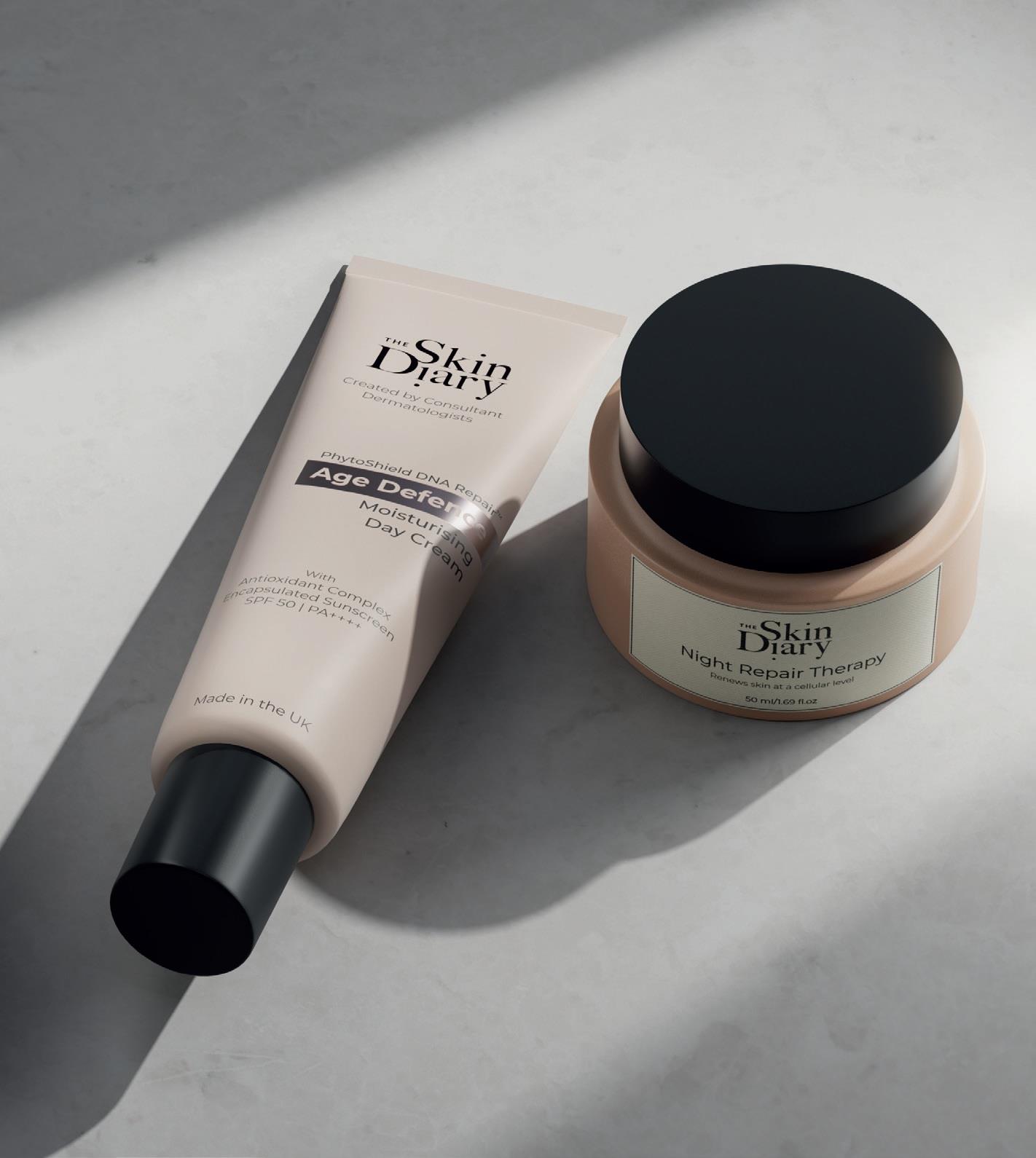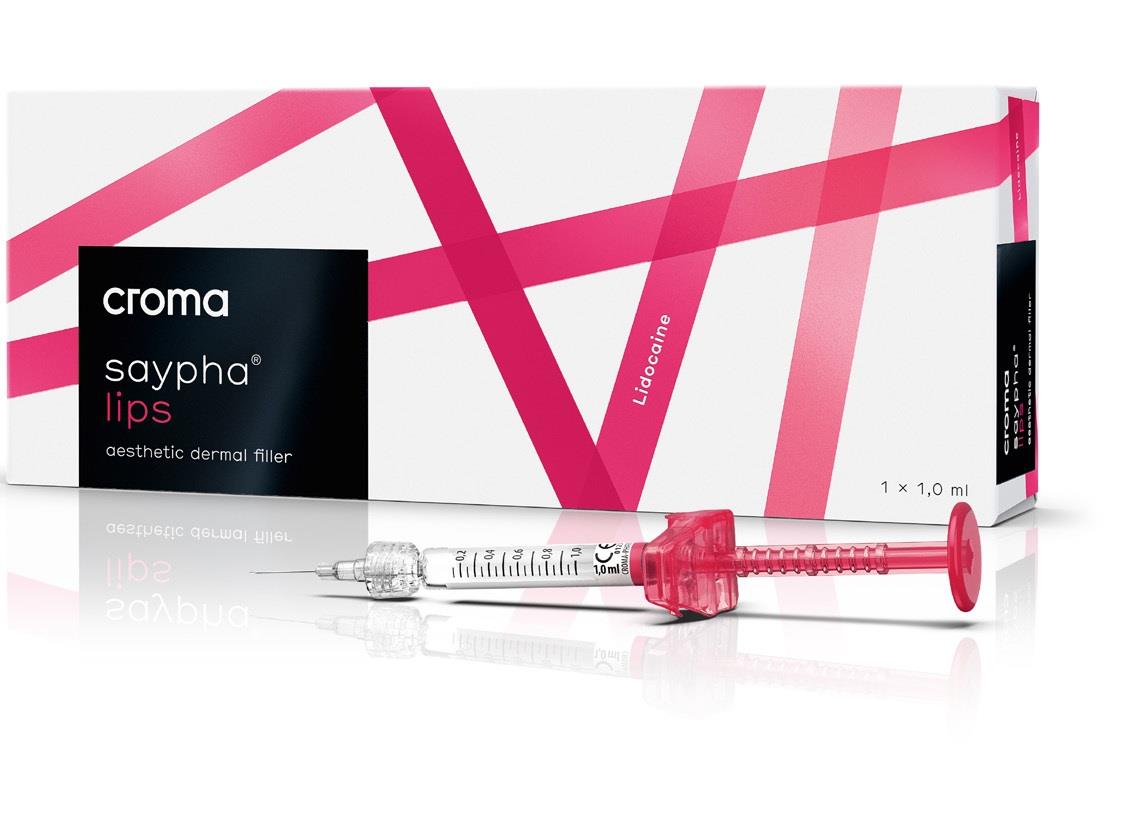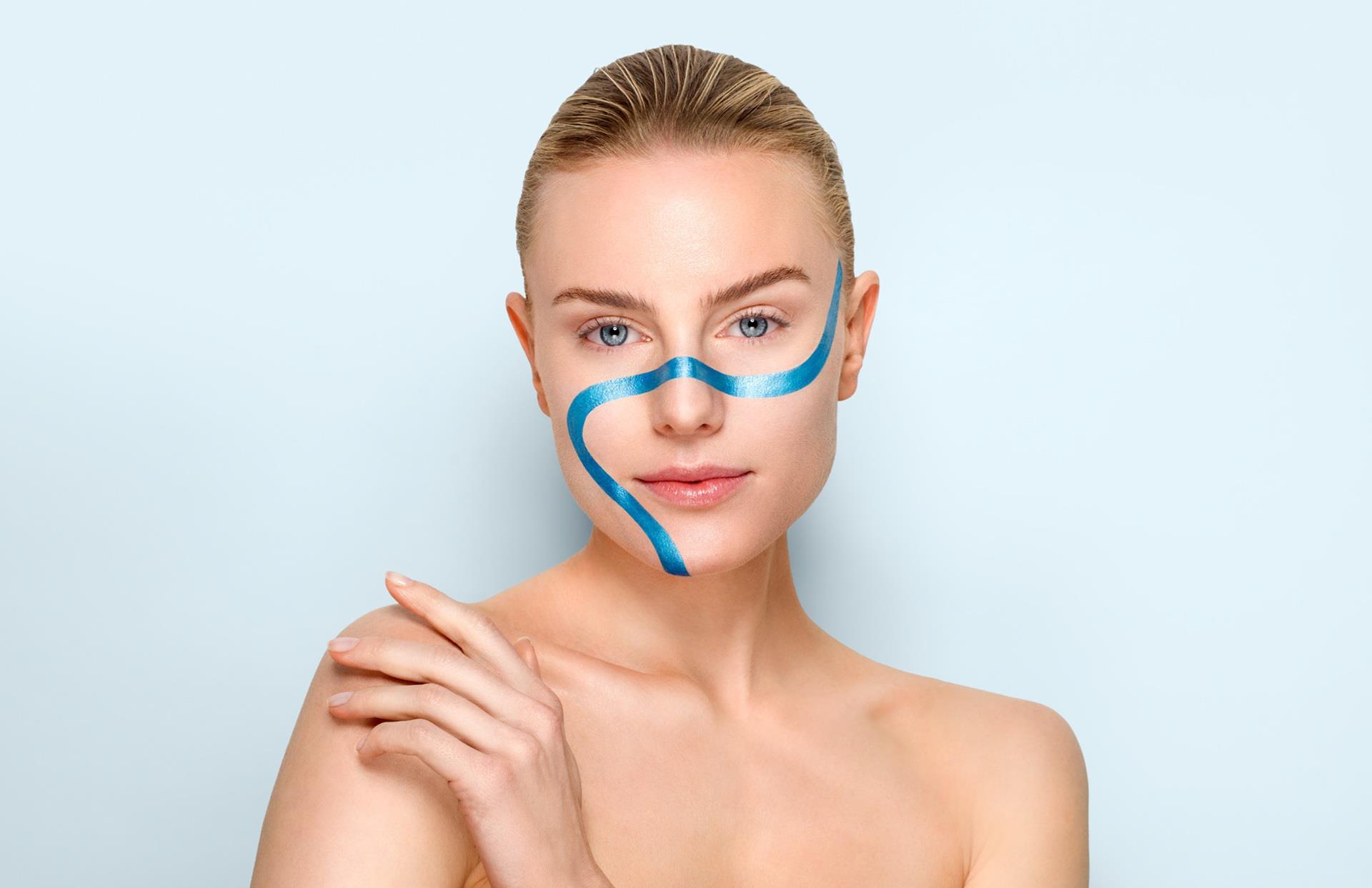This years’ pivotal talks included a Skin of Colour Masterclass, Principles of Skin Health Restoration, and Longevity and Aesthetic Medicine. After a highly insightful day one, delegates headed to Wigmore’s Wild West after party at The Refinery to drink, dance and hoedown with the cream of the industry. Here, we round up the agenda highlights over the conference.
Friday
Dr Tamara Griffiths"We need products that will repair DNA damage”
After a welcome by David Hicks, day one started strong in the Seligman Theatre, with Dr Tamara Griffiths and Dr Clare Kiely addressing the science of skin ageing. Dr Griffiths discussed age induced skin regeneration, emphasising that ageing depends on your skin type, but that inflammaging also breaks down collagen and contributes to the ageing process. Dr Kiely went on to talk about how epigenetic changes influence skin ageing, telling delegates that as we age, mitrochondrial dysfunction occurs which leads to a reduction in NAD+, “a critical co-enzyme within the mitrochondria.”

“We can channel the energy into producing collagen where we want it”Dr Sameira Perren
Staying in the Seligman, was a focus on microneedling—advances in an underrated technology. In this very busy lecture, Dr Perren told delegates that the treatment is a gentle and safe method for scar therapy and rejuvenation. “Visible results take time but it’s rare to find a patient who doesn’t benefit,“ she shared, also citing that hair can be stimulated to come back, which is “emerging and interesting.” Dr Perren then recommended Dermaroller XCellaris
Pro Twist as a Class 1 approved product to the audience, also highlighting combination therapy with HydraFacial, light chemical peels and PRP, which “enhances the results, speeds up healing and boosts cellular renewal.”
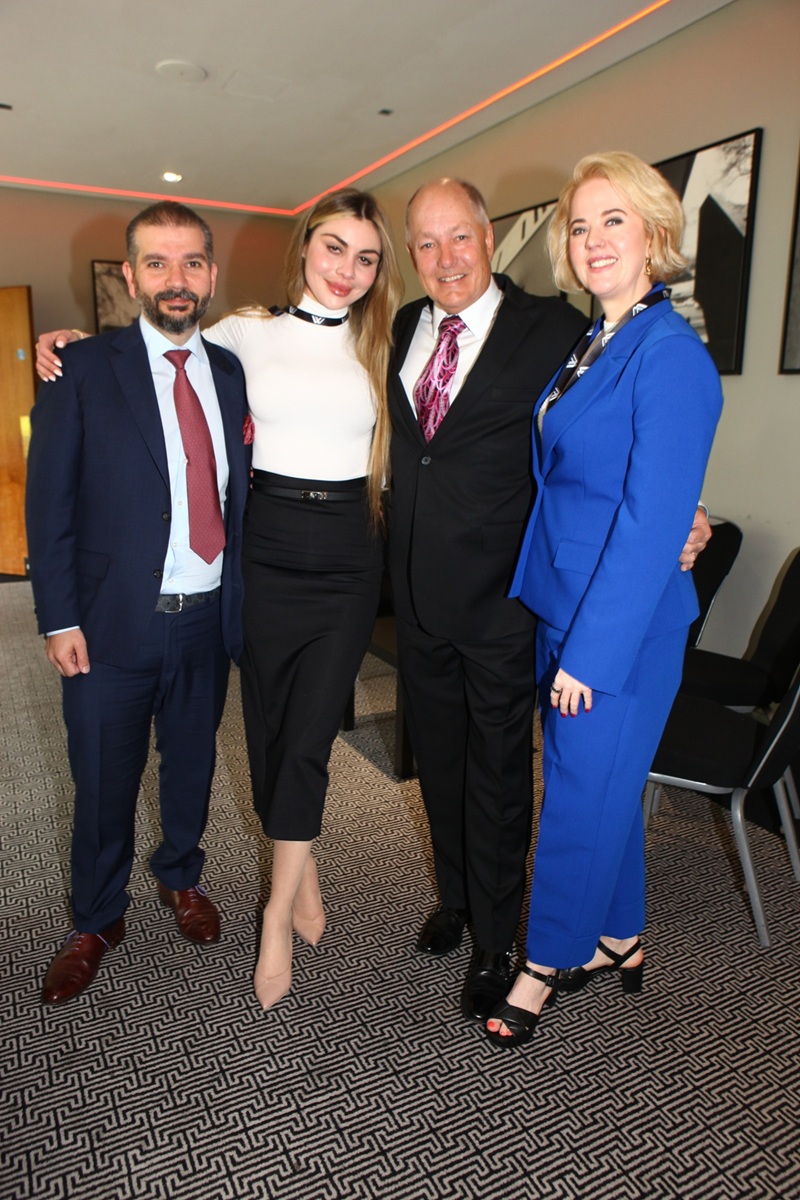
“We are in a global world, you need to be able to treat darker skins”Dr Mukta Sachdev
After lunch, the skin of colour masterclass covered topics including the latest advances and devices. In this fascinating talk, Dr Mary Sommerlad discussed the consultation approach, advising delegates they need to ensure the diagnosis is correct. She emphasised the importance of sun protection, and revealed that pollution as well as sun exposure, can effect the presence of pigmentation. She warned that needling and energy based devices require a meticulous candidate selection, but with the correct patient, there can be really impressive results. Dr Mukta Sachdev covered lasers for skin of colour, telling delegates that choosing the right device, staying informed and understanding laser science is important. “Prepare and prep skin properly and thoroughly—the more aggressive your prep, the better the result,” she advised.
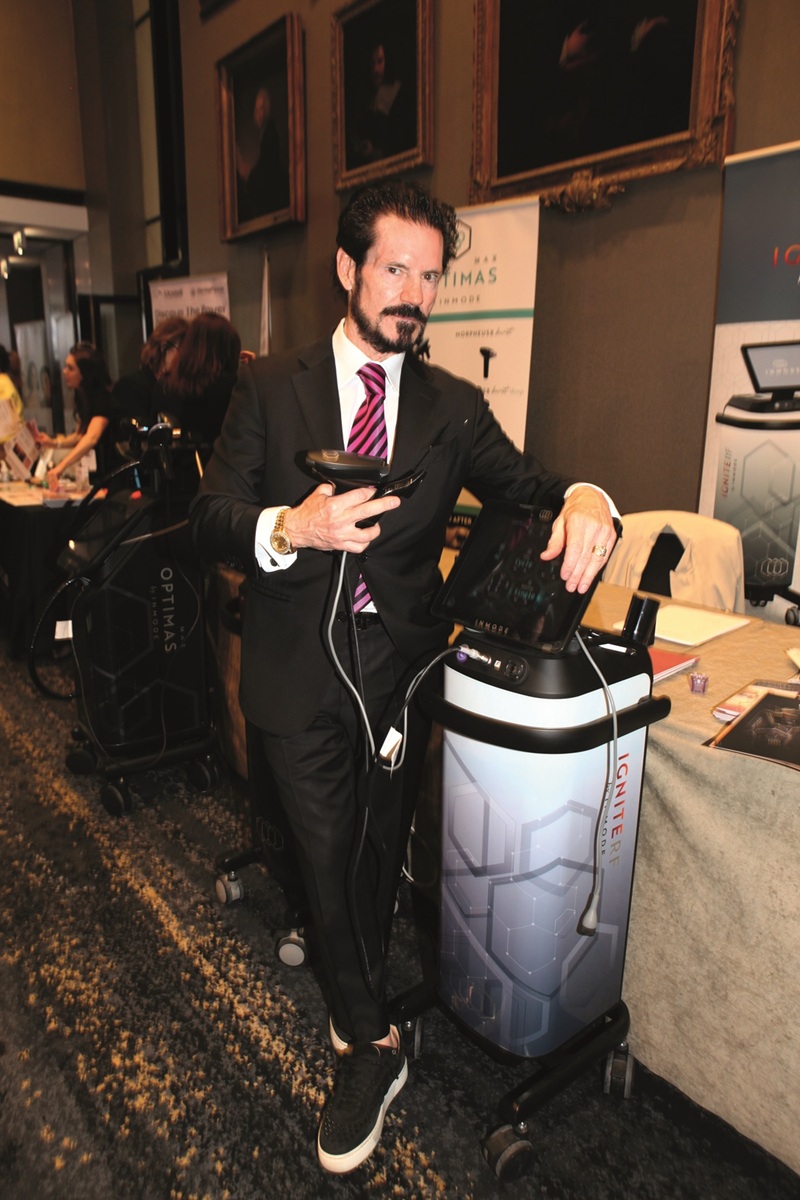
Saturday
“I believe in couture toxin treatment, every patient is different”Dr David Eccleston
Kicking off day two in the Wolfson Theatre, an all-star collective including Dr David Eccleston, Olivia Salmen and Professor Syed Haq took to the stage to discuss the versatility of botulinum toxin. Viscosity was discussed, with self-confessed toxin obsessive Dr Simon Ravichandran telling delegates that that duration and speed of onset for all toxins is the same. Professor Haq focused on optimising treating forehead lines, advising the audience to think about lateralisation and assessment, while Dr Eccleston discussed choosing the right product, revealing that vacuum drying is better than freeze drying.
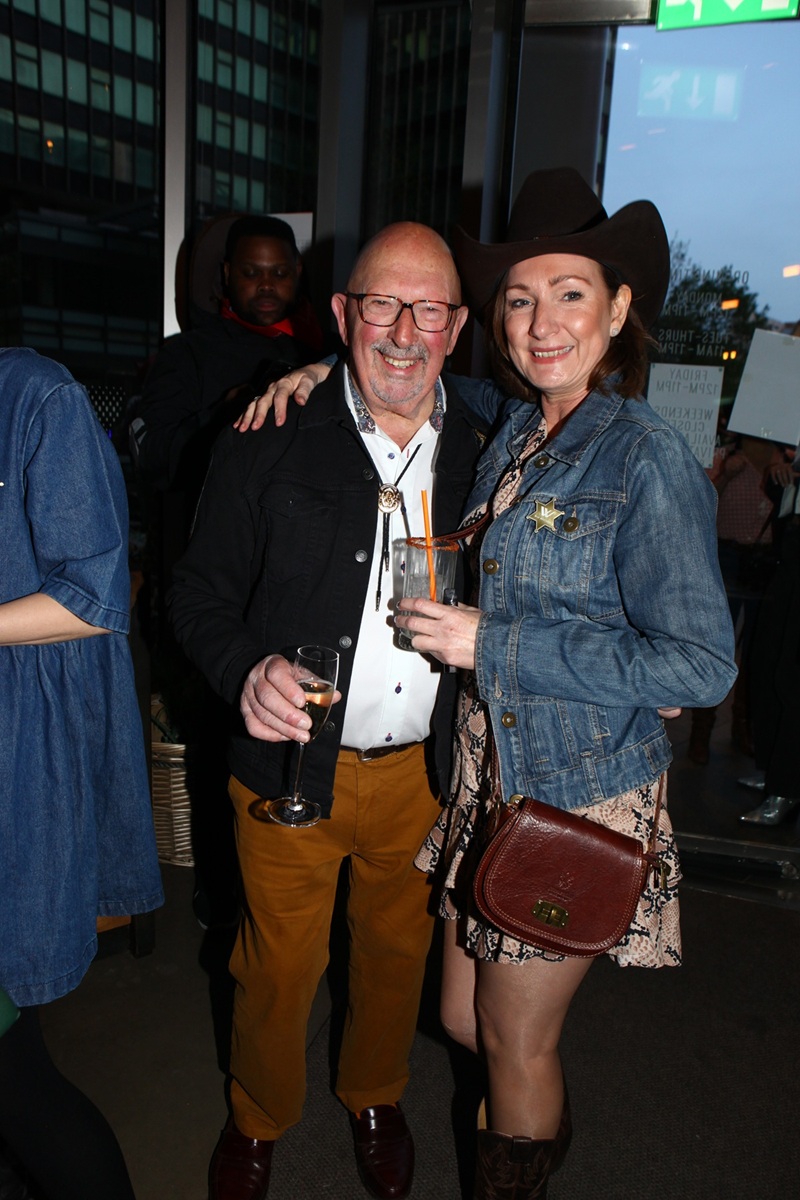
“The mental load that women live under has an effect on menopause”Dr Itunu Johnson-Sogbetum
The Council Chamber presented an insightful menopause masterclass to a lively, highly engaged audience. The wide ranging talk discussed the challenges facing menopausal women including bone loss and physical changes, along with education and testosterone availability. “We see a link between what we’re seeing in clinic with a drop in oestrogen and progesterone,” shared Dr Shirin Lakhani. She advised that women should advocate themselves and go to a consultation armed with knowledge. “Women’s health has always been on the back foot, but it can no longer be a footnote,” emphasised Dr Johnson-Sogbetum, who also discussed the availability of testosterone, sharing that it can be a postcode lottery as to whether patients can access it.
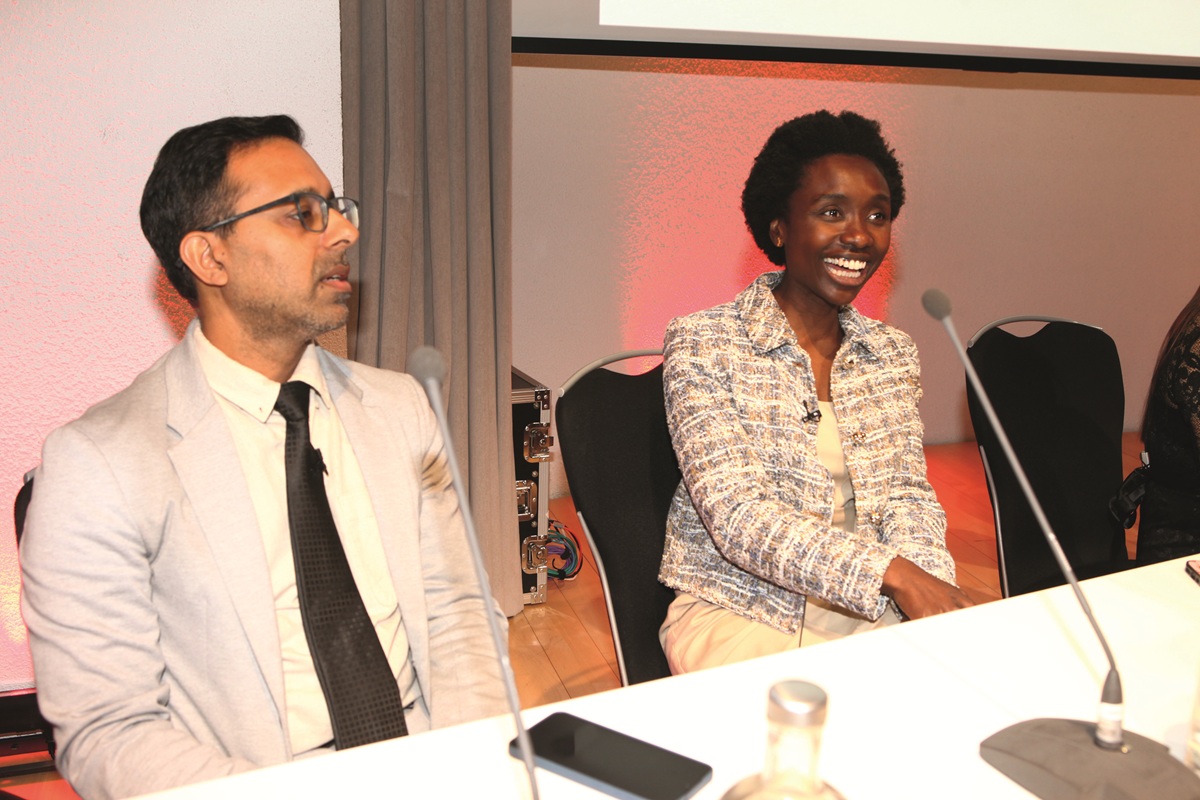
“Make your practice a skincare hub—if you have patient trust, you have a patient for life”Serene Obagi
Back in the Seligman, as part of the ZO Symposium, delegates were treated to a talk by nurse practitioner Serene Obagi on the principles of skin health restoration. She shared that when we age, cells don’t die, they are weakened, and that sebum is a water repellent and inflammatory agent that weakens the penetration of topical products. “You need to go aggressive on oily skin and sebhorrea,” she advised. Acne was also on the agenda, with Obagi
discussing that treatments should focus on reducing serum, epidermal renewal, and eliminating chronic inflammation. “It is a curable, preventable disease,” she told delegates.
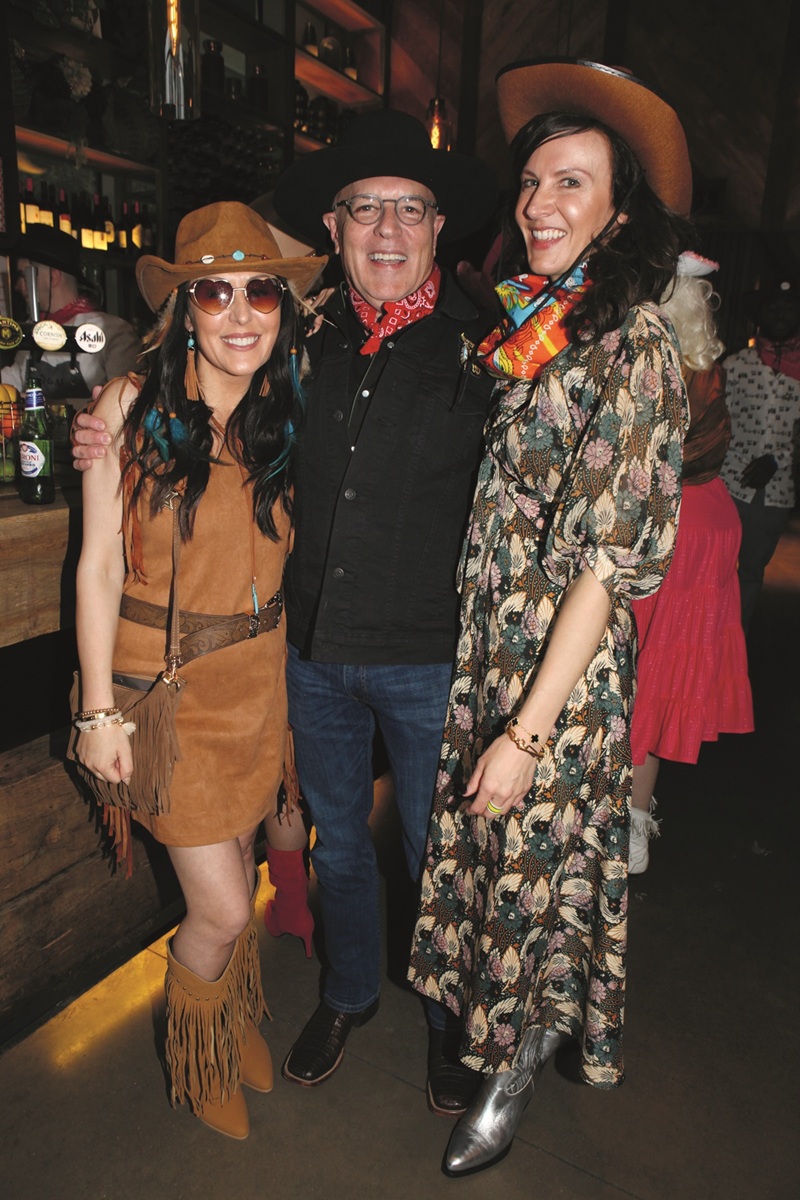
Sunday
“One day, 100 year olds will be moving around as if they are in their 50s”Professor Syed Haq
Sunday’s longevity-focused agenda kicked off with an insightful talk on longevity and the future of aesthetic medicine, presented by Professor Syed Haq. “This is a real game changer— approximately 60 per cent of the market will soon be in longevity based treatments,” he shared, before explaining that ageing and its mechanisms is a complex biological process. Cellular senescence, oxidative stress and epigenetic alterations are responsible for driving the ageing process, Professor Haq told delegates, before outlining in clinic collagen stimulation treatments and potentially promising therapeutic strategies including resveratrol, NAD+ and quercetin. “Dietary modification definitely has an implication— water, diet, and intermittent fasting,” he revealed.
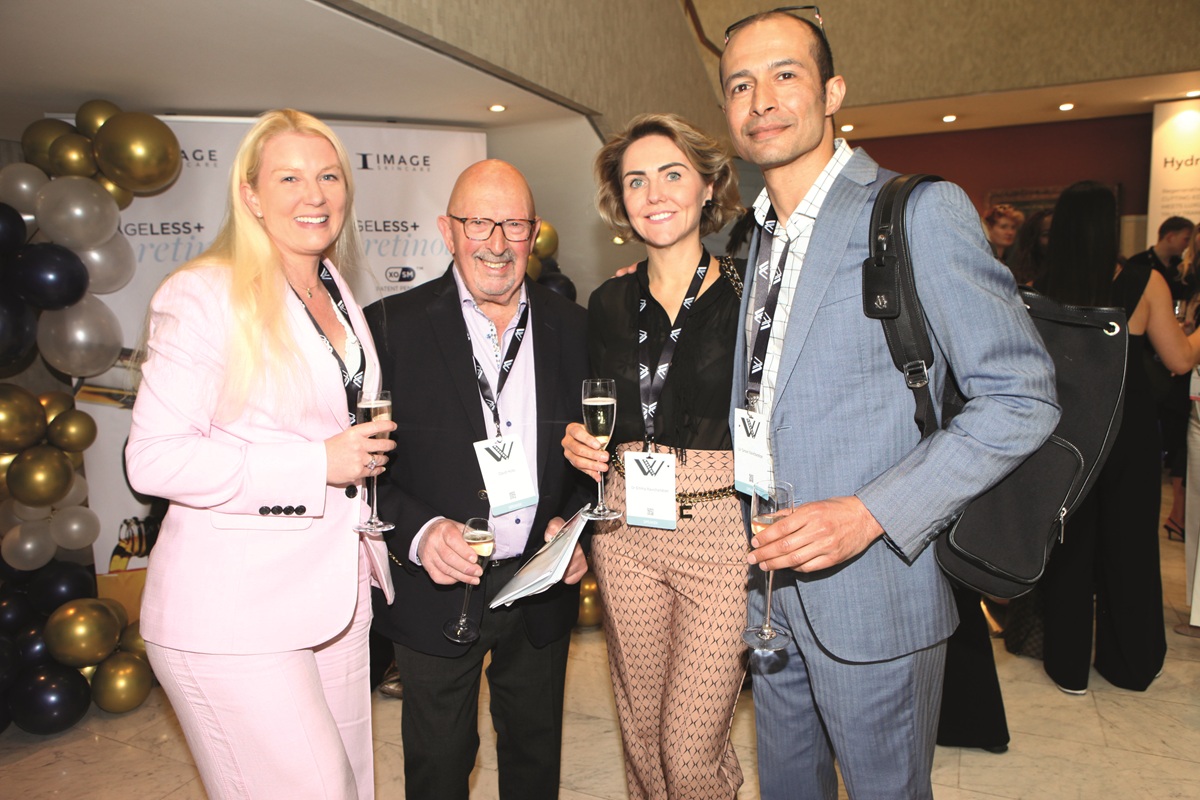
“Peptides are adjustable keys—they are the ideal ingredient for regenerative skincare”Ian Vitek
Continuing the theme, HydroPeptide’s Cosmetic Chemist Ian Vitek took to the stage to outline the function of peptides in longevity, along with the role of peptides in regenerative skincare. Stating dermal application as the ideal approach, he explained that peptides are small and chemically malleable, while growth factors are too big: “Larger molecules struggle to get through.” He went on to discuss the topical challenge and peptide mechanisms, including signal peptides, carrier peptides, enzyme inhibiting peptides, and microbial peptides, the latter of which Vitek predicts will become much more important and essential to skincare.
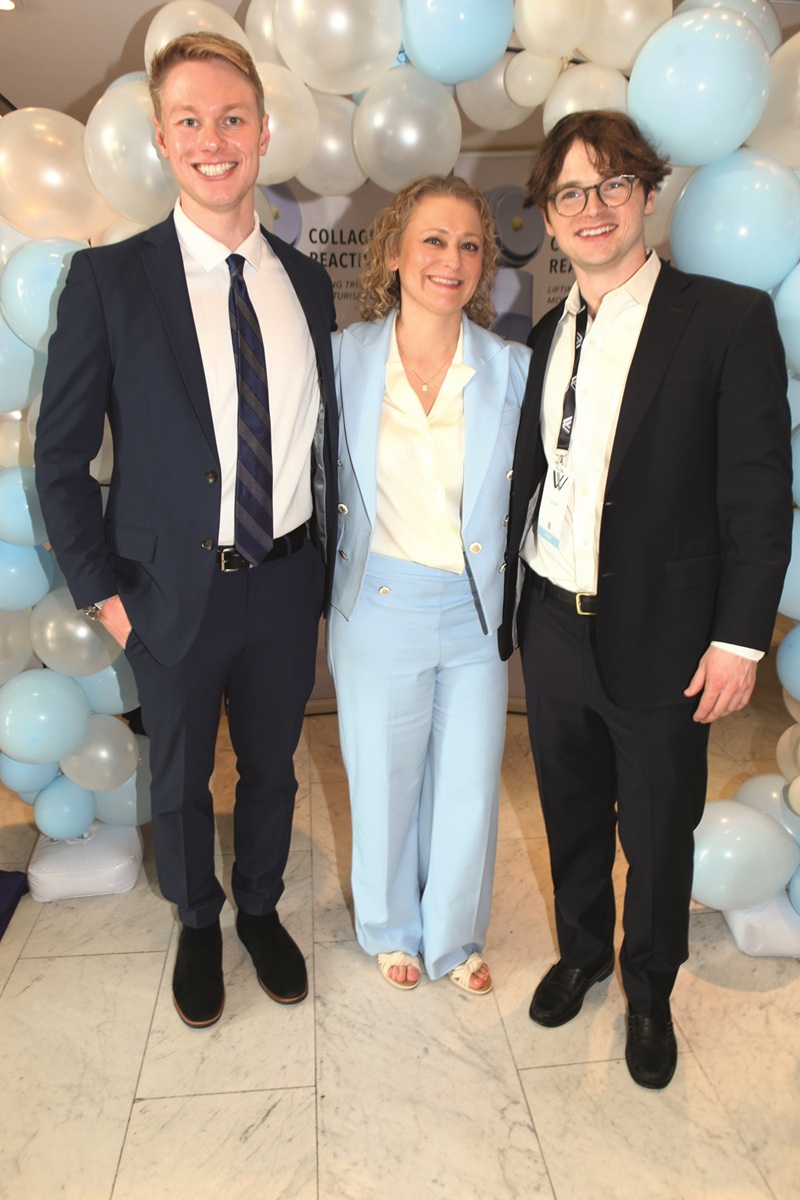
“The concept of longevity is taking the world by storm”Dr Aamer Khan
Dr Khan’s fascinating talk on the clinical approach to longevity, included evidence around longevity medicine and the importance of a clinical, patient centric approach. He outlined a range of strategies including lifestyle adjustments and preventative measures, explaining that DNA is fixed, but we are starting to understand how we can prevent certain things from happening. “It’s not about creating longevity, it’s about managing longevity— I urge people to take a step back and study this properly.” Dr Khan also discussed the Longevity Pyramid, nutrigenetics, using AI to keep up with what’s happening and linking into proper R&D.

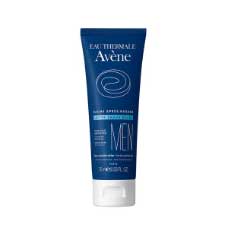
 Added to basket
Added to basket

 Unapplied Changes
Unapplied Changes


